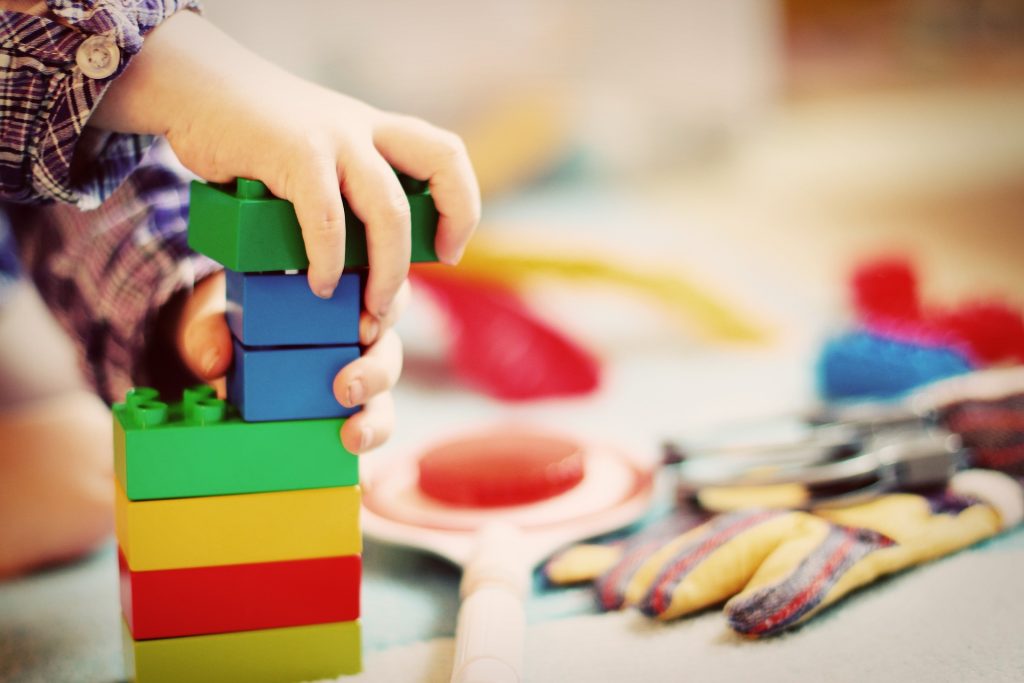Classical kindergarten and Montessori kindergarten are actually often quite different. Of course, this also depends on your place of residence and individual cases, but in principle we can point out some main differences between attending a classic kindergarten and a kindergarten based on Montessori pedagogy. We hope that the article will help you if you are deciding what type of education to enroll your youngest in. However, we recommend that you contact the specific educational institution you are considering for full details.
The role of the educator
In kindergarten, educators are in the center of attention and are responsible for deciding on teaching methods and imparting knowledge. They decide what, how and when students learn about a topic or skill. In contrast, Montessori teachers are the guide. They have a very limited role in deciding what children learn because they do not decide how and what children learn. They simply present a topic to the student and let the child explore different possible outcomes for that particular topic or problem.
Classroom atmosphere and classroom layout
Traditional kindergarten classes are designed so that the teacher is the center of attention. Montessori classrooms are designed around observing the child’s behavior and focusing on the child. Remember that furniture is a tool to empower your child. First of all, natural materials such as wood are important, and the opportunity for the child to explore the space independently, make experiments, make mistakes and learn from them and come to their own conclusions. The space must allow the child to be independent and to do as many things as possible by himself – he takes them and puts them away after the activity.

Learning pace
In kindergarten, a child is expected to learn at a similar rate to other students or is considered to be behind. With the Montessori style, children are allowed to learn at their own pace and take their time to learn each skill. The child progresses by deepening his knowledge with new layers; it’s not the same experience year after year. Older children can step into leadership roles that are made possible by a mixed-age environment. By mentoring younger students, they improve life skills such as communication, problem solving and planning.
Age of the kids
The kindergarten learning method is intended for children from three to five years of age, which is the basis of their primary school education. The Montessori style is basically intended for children up to the age of six. Studies have proven that the Montessori approach is also very useful for teenagers. The Montessori approach strives to bring the real world into the classroom as relaxed and realistic as possible. Educators encourage children that learning is something broad, curious and in-depth, how to get involved in the community, support others and help them learn something from their elders.
Summary
The Montessori education system seems to allow toddlers more autonomy in the learning process and encourages more exploration of curiosity. Children are given more time for those activities for which they individually show more interest and interest. On the other hand, it is true that some of the main Montessori principles are already being implemented in public kindergartens and that these vary greatly from place to place and from unit to unit. Therefore, before enrolling your child in the first education system, thoroughly check the individual options and make a decision as your heart dictates.

